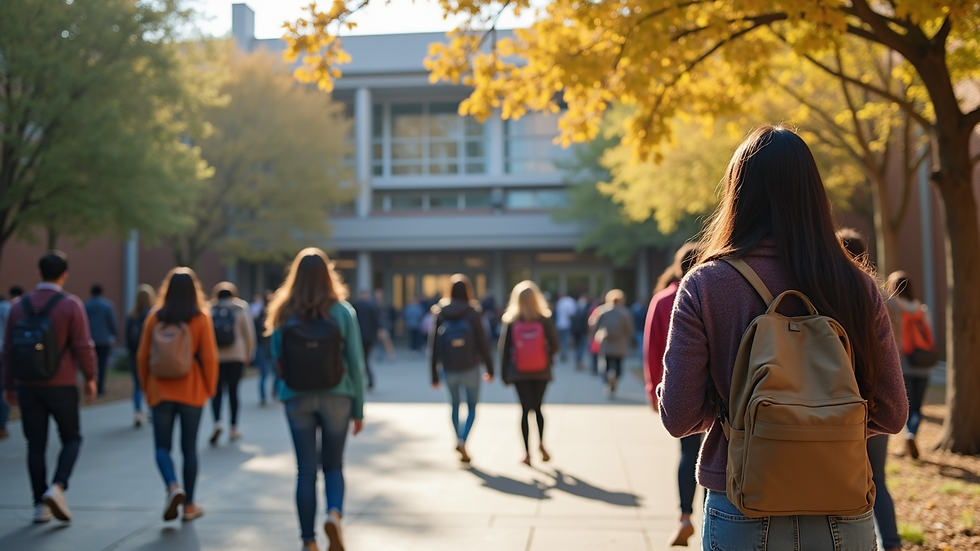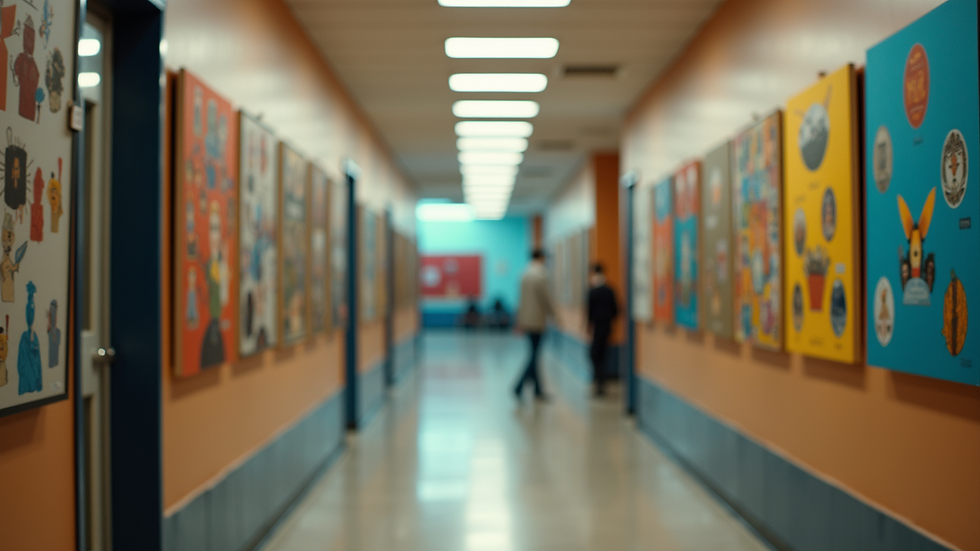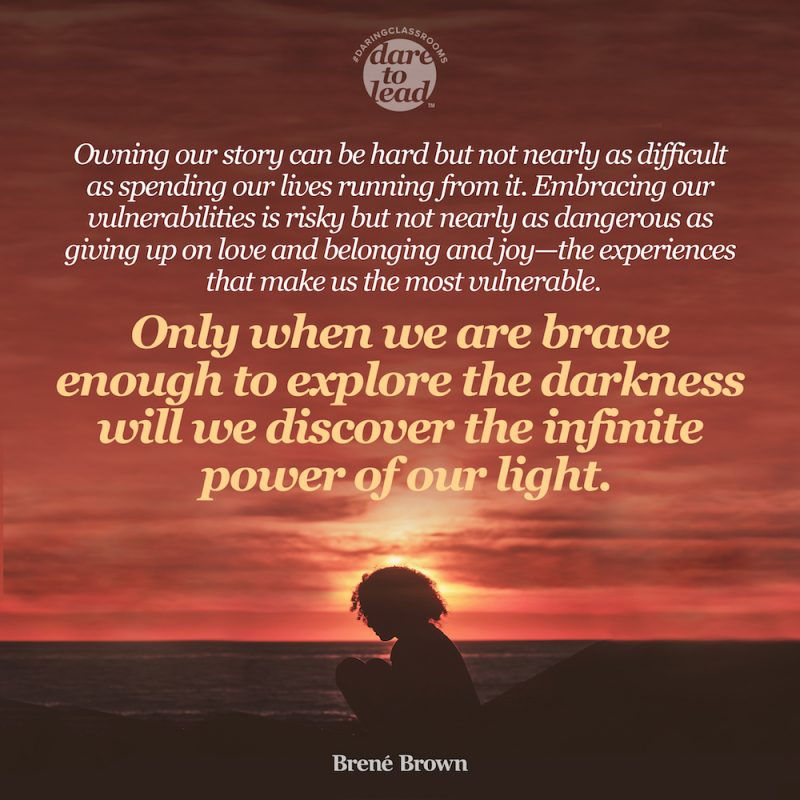Navigating the Crossroads of Culture and Language in Educational Environments
- Ton French

- Aug 11
- 4 min read
Working in a school where ethnocultural backgrounds and languages are diverse can be both rewarding and challenging. As educators, we often find ourselves at the crossroads of various cultures, languages, and educational philosophies. This post will explore the joys and hurdles of working in such environments, emphasizing the unique experiences that arise from navigating these complexities.
Embracing Diversity
One of the most enriching aspects of a multicultural school is the chance to embrace diversity. Each student brings unique perspectives and experiences that enhance the learning atmosphere. This diversity fosters creativity; for instance, projects that require teamwork often result in innovative ideas born from varied viewpoints.
Consider a science project where students from different backgrounds share their traditional methods of farming. A student from an Asian background might introduce techniques like hydroponics, while a student from a Latin American culture might share organic pest control methods. Such exchanges broaden everyone’s understanding and appreciation of different approaches to similar challenges.
However, with diversity comes challenges. Language barriers can disrupt effective communication, making it hard to connect with students and their families. According to a 2020 study, 44% of teachers in diverse classrooms reported struggles due to language differences. Misunderstandings can lead to frustration for both educators and students. It is vital to approach these challenges with empathy, recognizing that language is just one facet of a person’s identity.
The Language Barrier
Language can be a powerful tool for connection, but when it is unfamiliar, it can also create isolation. In a school setting, not being able to communicate fluently can make students feel inadequate and frustrated. Research indicates that students who are English Language Learners often display lower self-esteem, impacting their engagement and academic performance.
To bridge this language gap, teachers can implement various strategies. For example, using visual aids, gestures, and technology like translation apps can aid understanding and facilitate communication. Furthermore, creating a supportive classroom atmosphere where students feel safe making mistakes encourages language development.
The process of learning a new language extends beyond vocabulary and grammar; it involves grasping cultural nuances. Teachers can foster this understanding by sharing their language learning experiences, showing humility and growth, and encouraging a shared journey of learning.
Building Relationships
Building relationships with students and their families is essential in a multicultural school. When language barriers are present, finding alternative ways to connect becomes crucial. For instance, learning a few key phrases in a student's native language can build rapport. According to a 2019 survey, teachers who made an effort to connect with families in their preferred language reported a 30% increase in family engagement.
Engaging with families through community activities, cultural celebrations, and open dialogue can also strengthen these bonds. Genuine interest in their backgrounds and experiences fosters a sense of belonging for both students and their families.
However, it is important to recognize that not all families may feel comfortable participating in school events due to cultural beliefs. Being respectful of these differences is vital in creating a truly inclusive environment.
Celebrating Cultural Heritage
A highly rewarding aspect of working in a multicultural school is the ability to celebrate cultural heritage. Organizing events that showcase various traditions, foods, and customs allows students to feel pride in their backgrounds while educating peers. For example, International Day celebrates the diverse cultures within the school, featuring food stalls, performances, and traditional dress, enriching the school community.
Such celebrations provide a platform for students to share their stories, fostering a deeper understanding and appreciation among peers. Students who feel recognized for their cultural contributions are more likely to develop confidence and a stronger sense of identity.
However, approaching these celebrations with care and inclusivity is crucial. Ensuring every culture is represented and respected helps avoid feelings of exclusion. It is essential to create a welcoming space where all students can comfortably share their heritage.
The Emotional Toll
While the rewards of working in a multicultural school are significant, it is necessary to acknowledge the emotional toll on educators. Constantly navigating cultural differences, language barriers, and varying expectations can lead to feelings of overwhelm and burnout.
Prioritizing self-care is vital for educators. Seeking professional development focused on cultural competency and language acquisition can provide effective tools for managing challenges. In fact, educators who participate in such training report a 25% increase in job satisfaction.
Additionally, building a supportive network with colleagues fosters a sense of community. Sharing experiences, challenges, and successes can alleviate emotional burdens and promote resilience.
Conclusion
Working in a school where diverse ethnocultural backgrounds and languages coexist presents a journey filled with both joys and struggles. Embracing diversity, overcoming language barriers, building relationships, and celebrating cultural heritage are all essential elements of this experience.
As educators, we have the unique opportunity to shape the lives of our students, fostering an environment where everyone feels valued. By navigating the crossroads of culture and language with empathy and understanding, we can create enriching learning experiences that benefit our students and ourselves.
Ultimately, the challenges in multicultural educational settings transform into opportunities for growth, connection, and transformation. Together, we can build a brighter future for all students, regardless of their backgrounds or languages.





Comments